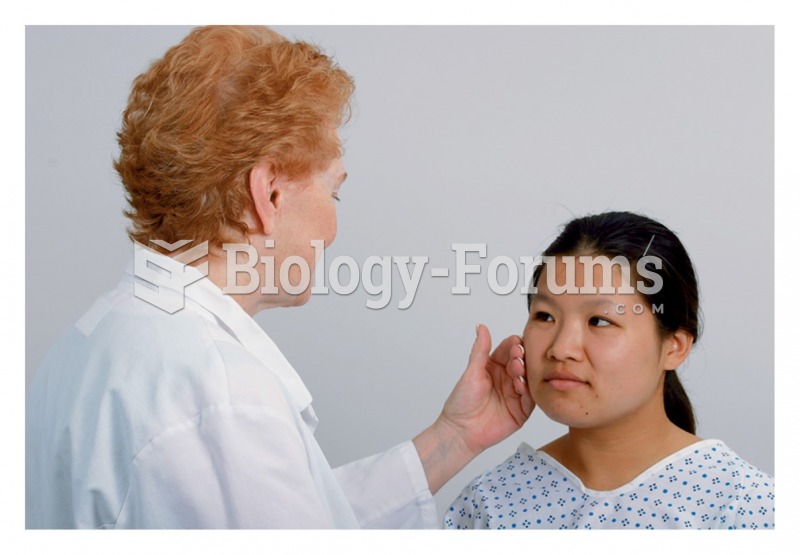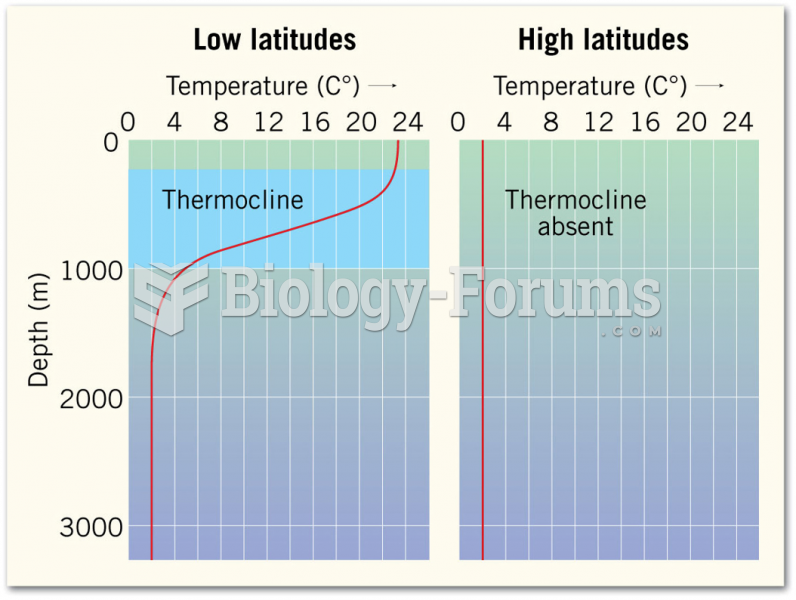|
|
|
Did you know?
The first war in which wide-scale use of anesthetics occurred was the Civil War, and 80% of all wounds were in the extremities.
Did you know?
Cyanide works by making the human body unable to use oxygen.
Did you know?
There are more nerve cells in one human brain than there are stars in the Milky Way.
Did you know?
One way to reduce acid reflux is to lose two or three pounds. Most people lose weight in the belly area first when they increase exercise, meaning that heartburn can be reduced quickly by this method.
Did you know?
About 100 new prescription or over-the-counter drugs come into the U.S. market every year.







